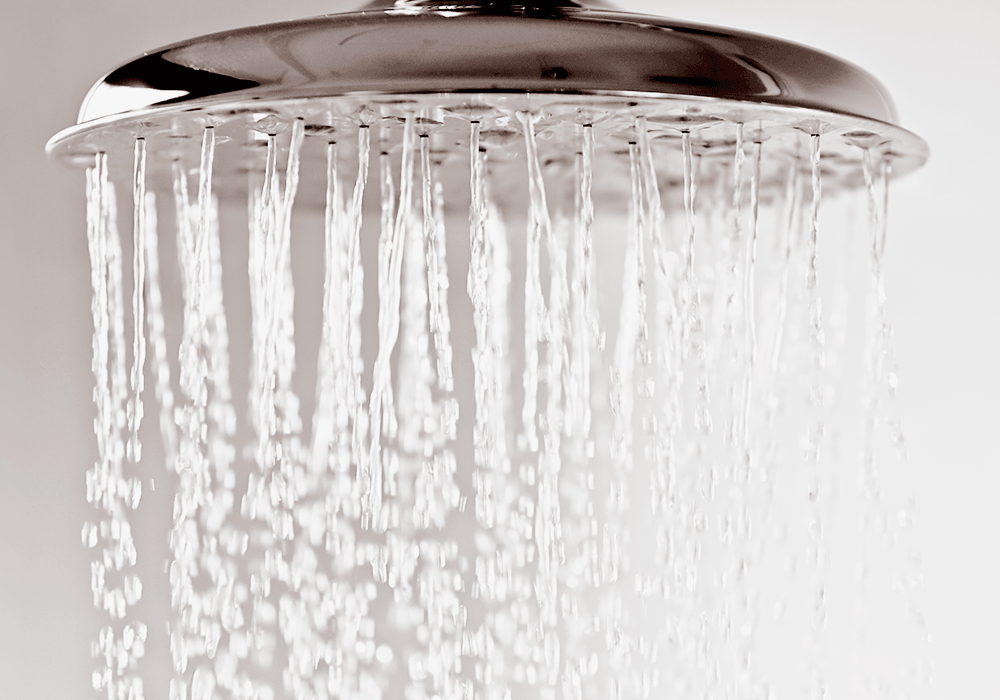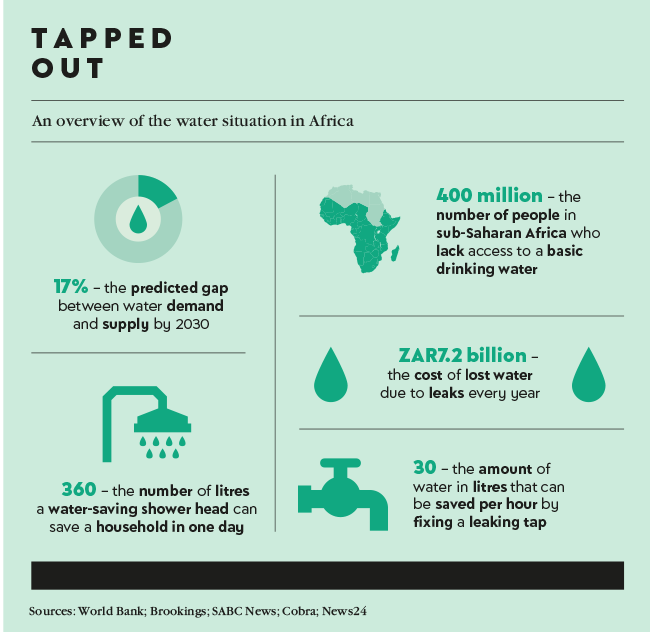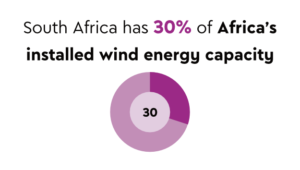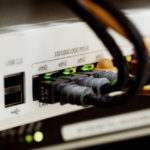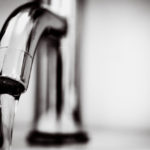Dam levels are healthy and the crisis is over, but the spectre of ‘Day Zero’ is still very present in the minds of Capetonians in South Africa’s Western Cape province, where they were subjected to extreme and necessary water conservation requirements during a three-year drought that began in 2015 and ended in 2018, when the city was on the brink of running out of water.
Families were using greywater to flush toilets, gardens withered and died, car washing was forbidden and individuals were limited to 50 litres of water a day. Long queues formed at natural spring locations, and security guards were dispatched to keep order. Home- and business-owners began to drop boreholes and instal water and energy conservation systems, rainwater tanks, low-flow taps and shower heads and meters to detect leaks or overuse.
Many of these measures have become the norm, given that South Africa is a water-scarce country with a predicted 17% gap between water demand and practically available water supply by 2030.
According to the Strategic Water Partners Network, this projection is based on an expanding population, economic growth, and current efficiency levels (which are low), with demand for water in South Africa expected to rise to 17.7 billion m³ by 2030, while water supply is projected to amount to 15 billion m³, representing the aforementioned 17% gap. ‘This gap is critical, and if sustainable socio-economic growth is to be envisioned, such a gap has to be dealt with decisively over this period.’
Water scarcity is by no means limited to Cape Town – the Northern and Eastern Cape provinces are currently experiencing drought – or South Africa. Sub-Saharan Africa has the highest number of water-stressed countries of any region. Thanks to uneven and irregular rainfall patterns, an estimated 400 million people in sub-Saharan Africa lack access to a basic drinking water. Research from the European Commission Joint Research Centre says that, at present, Madagascar, Angola (western and coastal regions), central Nigeria, Kenya, southern Somalia (coast), and northern Zambia are all experiencing droughts.
The need for long-term water conservation measures – and innovation – is urgent. And while investment in awareness campaigns, water-management systems and sanitation infrastructure is and should be the top priority for governments, as well as laws that support an integrated response to drought, water-efficiency innovation and entrepreneurship is also occurring on a wide scale. Flow-reduction devices, meters, sensors, solar pumps, apps and both digital and mechanical developments hold the potential to make a major contribution towards stemming the tide of water wastage in commercial and residential buildings.
Most of us are already familiar with ‘e-taps’: technology that uses infrared sensors to control water flow in taps and toilets; a motion detector switches the tap on when it senses movement, and off again when no motion is detected. These usually contain a low-flow spout and an aeration filter, reducing water usage even further, and have the added advantage of being more hygienic, since it is not necessary to touch the tap to switch it on or off. One downside is that the tap ceases to work if there is no power.
‘New technologies for water conservation are continuously being sought,’ says Lani van Vuuren, knowledge dissemination manager of the Water Research Commission (WRC). ‘For example, the WRC funded a study in 2019 led by the University of Pretoria into pipeline leak detection using distributed fibre-optic temperature, strain and vibration sensing. The innovation detects leak-induced ground strains near a leaking pipe with a fibre-optic cable buried alongside the pipe during or after its installation, thereby providing warning of the leak. Strains can be measured along lengths of optical fibre of 30 to 50 km, depending on the type of fibre-optic strain readout unit used. The technology is still being field tested in the hopes of proving its efficacy.’
WRC funding has also been used for an application developed by the University of Cape Town. Called DropDrop, it helps users access information on their daily water usage using their smartphone. It also contains information on the predicted month-end water bill, water-conservation methods, municipal contacts and data about the water system.
Chris Campbell, CEO of Consulting Engineers South Africa, a voluntary association of more than 580 firms, says that ‘we have seen a plethora of devices, ranging from simple aerated showerheads and tap outlets that reduce the amount of water used for showering, hand washing and other domestic applications, to greater implementation of water-recycling processes by companies in the development of office buildings to reduce the consumption of potable water for irrigation purposes, as a start’. Water-management practices have been in use for years in heavy water-consumption industries such as paper, pre-cast concrete products and beer production, mostly as a cost-reducing business imperative, says Campbell. ‘However, this also makes it possible for these companies to obtain favourable recognition for meeting environmental requirements – the “E” in ESG – which form part of the reporting requirements for large listed companies in the global arena.’
In addition, he says, many more households installed tanks to harvest rainwater, which could be used for irrigation, or even started using groundwater from boreholes, where the quality is not at a level that would be fit for human consumption, for irrigation and toilet flushing as a mechanism to reduce their reliance on potable water from the municipal supply system.
One company seeking to reward the construction of (or conversion to) water-wise commercial properties and encourage the voluntary adoption of higher standards is the Green Building Council of South Africa, which introduced its Net Zero programme in 2017. Certification is awarded for projects that completely neutralise, or positively redress, their environmental impact in four categories: water, carbon, waste and ecology. In the water category, a net zero building is one that is designed, constructed and operated to greatly reduce total water consumption, and then use harvested, recycled and reused water so that the amount of water consumed is the same as the amount of water that is produced; hence, net zero.
‘Water conservation is […] part of an operational mandate for any facilities manager or investor,’ says water expert Anthony Turton, a professor at the Centre for Environmental Management at the University of Free State, and founder and director of the Water Business Chamber, a member-based organisation open to privately incorporated role players in the South African water industry. ‘The emergence of smart metering devices that integrate both water and energy is gaining traction. There is an emerging technology, not yet in mainstream use, that uses a sensor to detect viral pathogens in waste. Once refined and commercialised, this technology will become core to the creation and monitoring of safe spaces in future pandemics.’
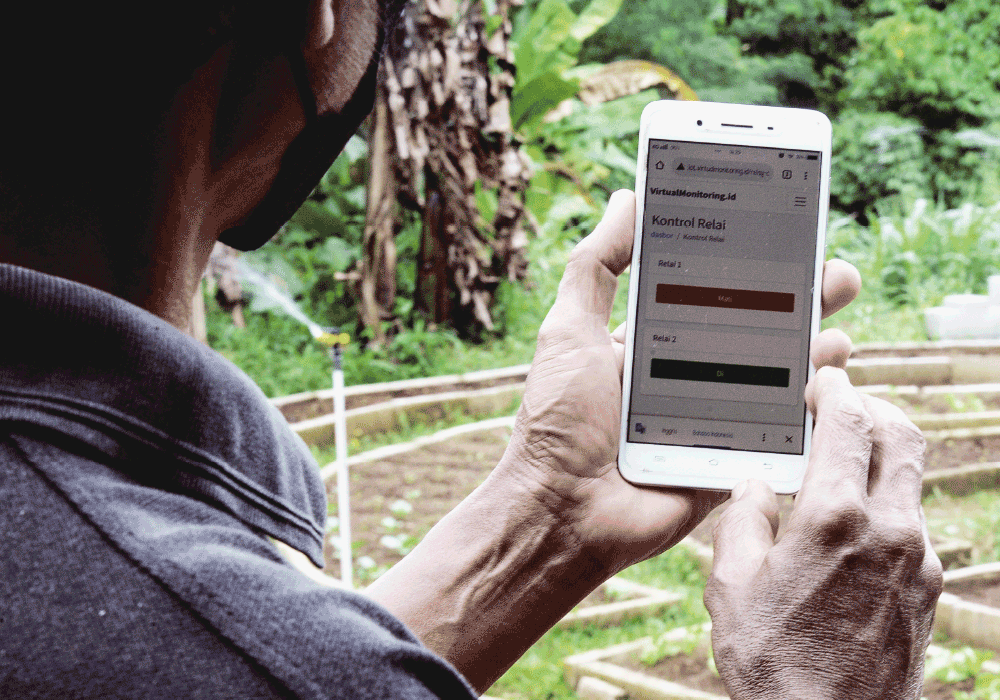
As with all good ideas, he says, simple is better. ‘Pressure management is a proven way of reducing losses from leaking systems, particularly when commercial buildings might not be occupied during defined times. The best remedy is ongoing repair and maintenance, to eliminate all leaks. An innovative addition to the management portfolio of options is big data and smart meters. By installing simple metering devices capable of registering parameters such as pressure and flow in real-time, enables accurate water budgets to be maintained, but also rapid repair of system failures. By placing such devices in precise locations, it is possible to detect non-revenue flows, which is a significant risk in its own right.’
The COVID-19 pandemic has acted as a magnifying glass on water and sanitation challenges in African cities, which must plan for water security as they grow. The rapid development over the past decade suggests that the problem will be best tackled not with a few sweeping solutions, but rather with many diverse remedies.
As with so many other aspects of technology evolution, regulatory and compliance policy and procedure is often outdated and blind to the benefit of new innovations and approaches, says Turton. ‘One [South African] example serves to illustrate this point. It makes no sense to flush toilets with potable water, but most building regulations only allow for a single point of entry and exit to and from each building. This regulatory rigidity mitigates against the implementation of dual-stream reticulation models, where water of different quality and price is used for different purposes,’ he says. ‘If a dual-reticulation model was to be adopted as official policy, then standard building and compliance codes would allow for two points of entry into each building – one for potable water linked directly to baths, showers, wash hand basins and kitchen sinks, the other for grey water to flush urinals and toilets. The impact of this at national level would be significant in water constrained countries and regions.’

